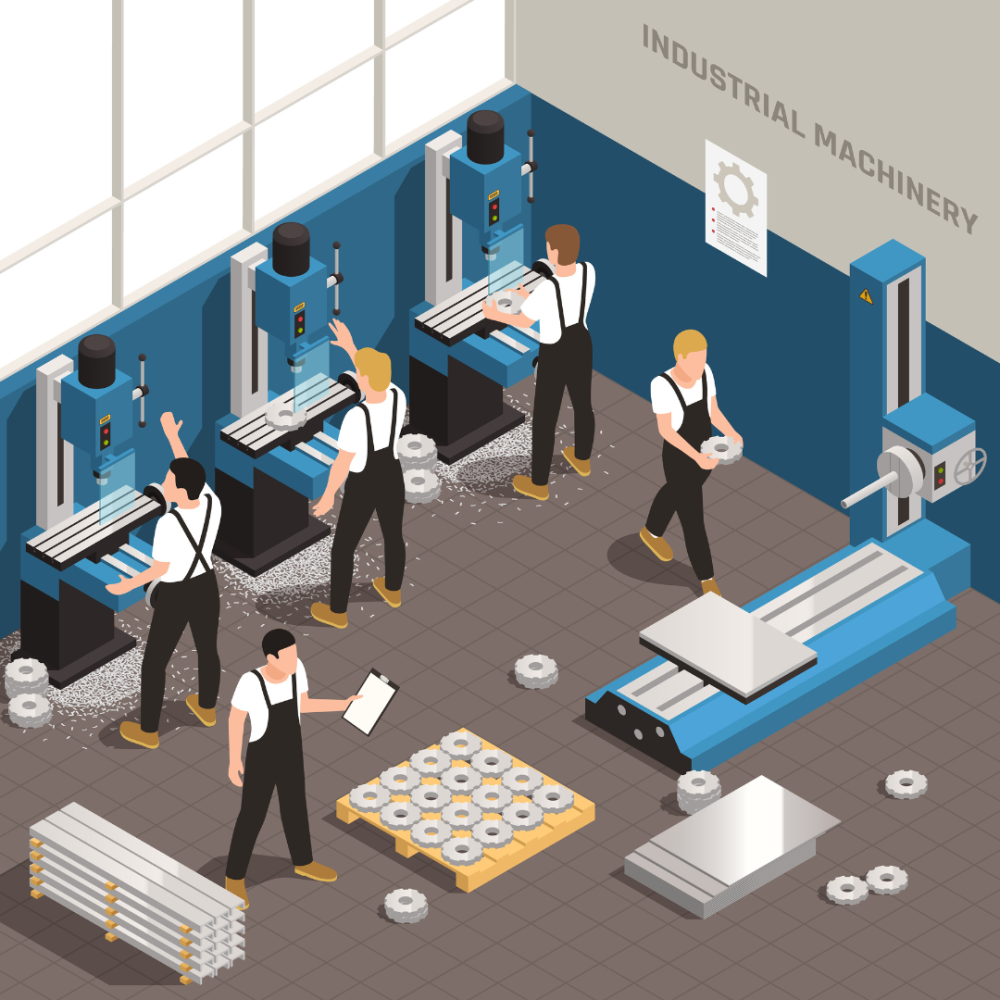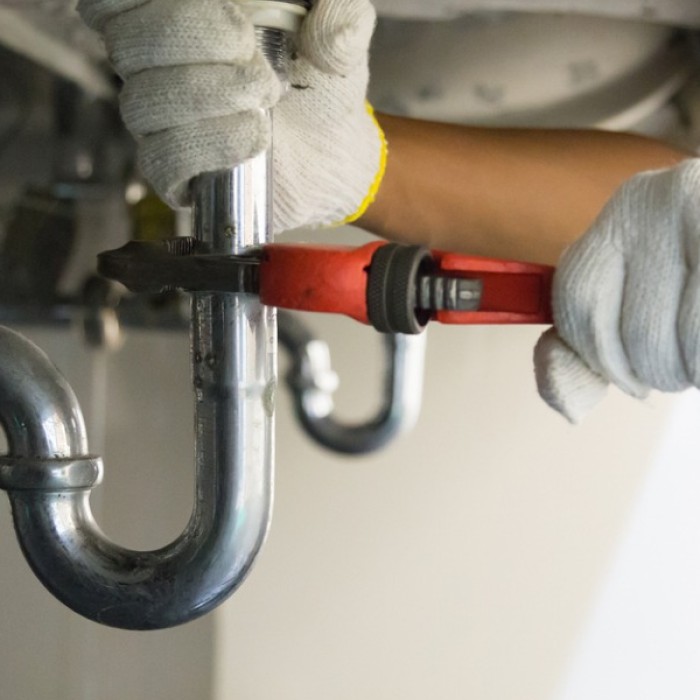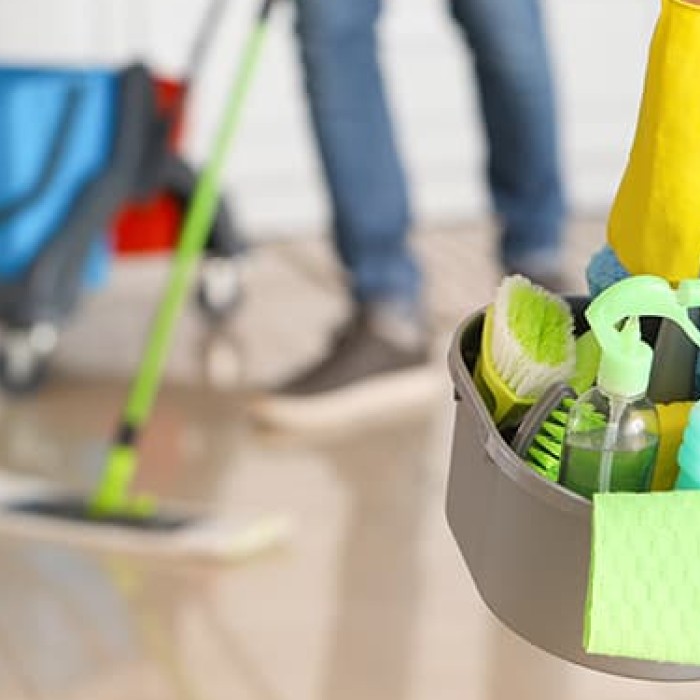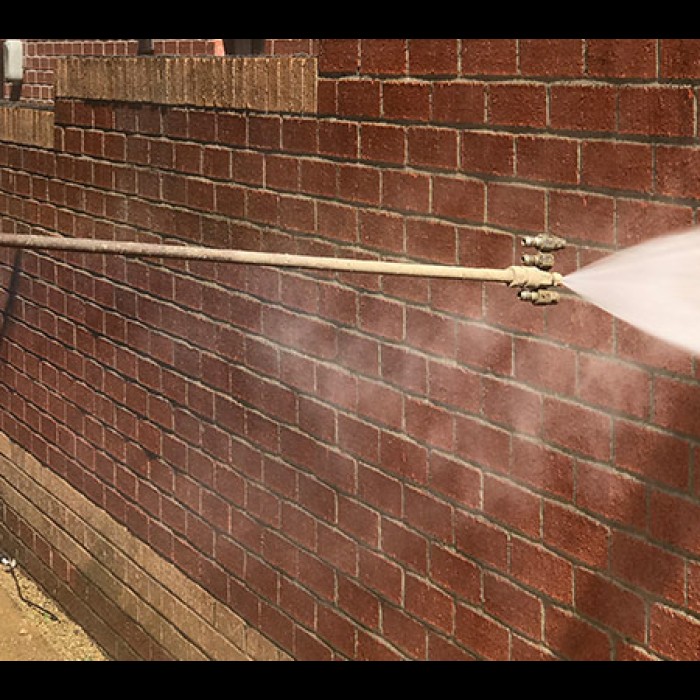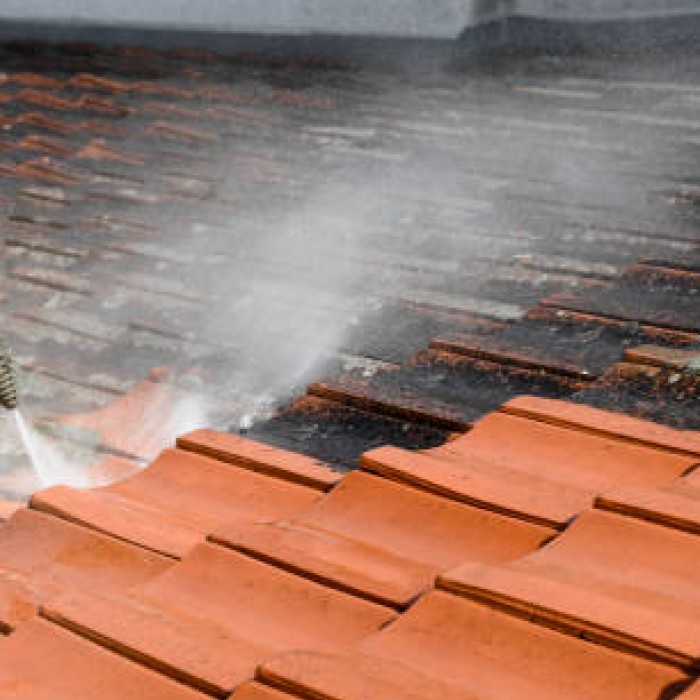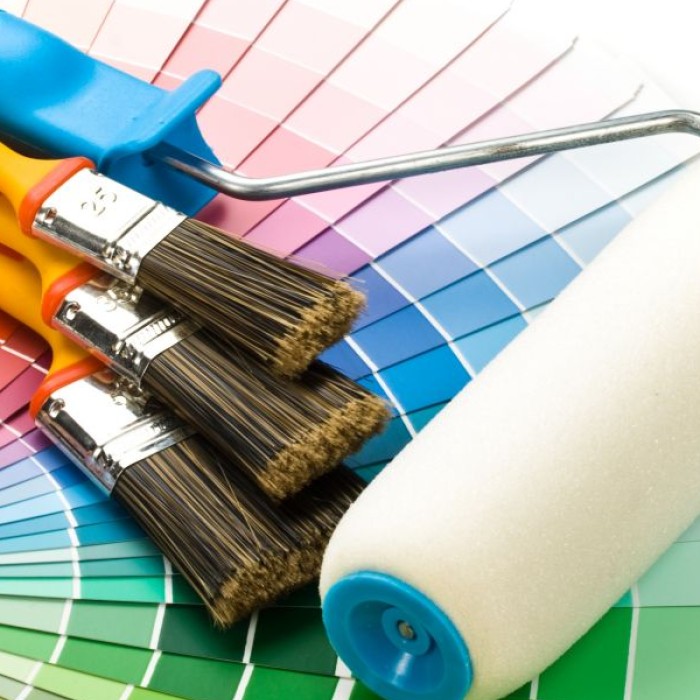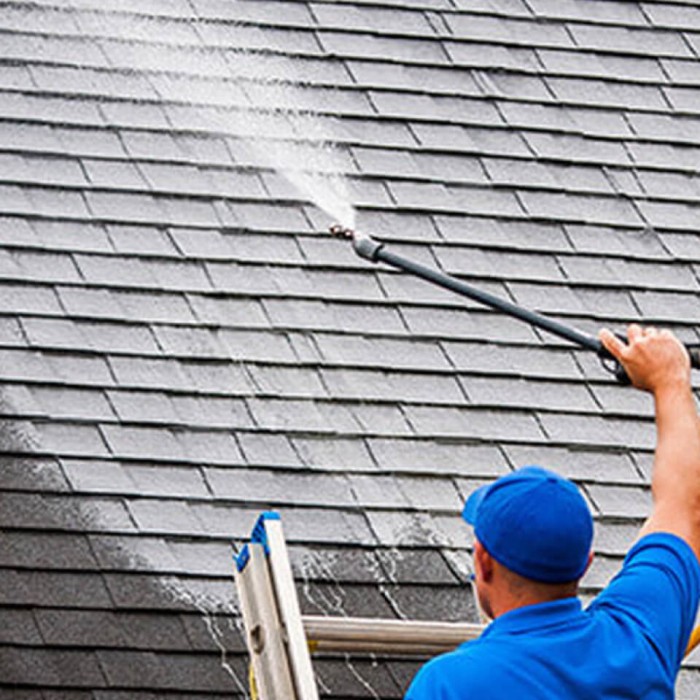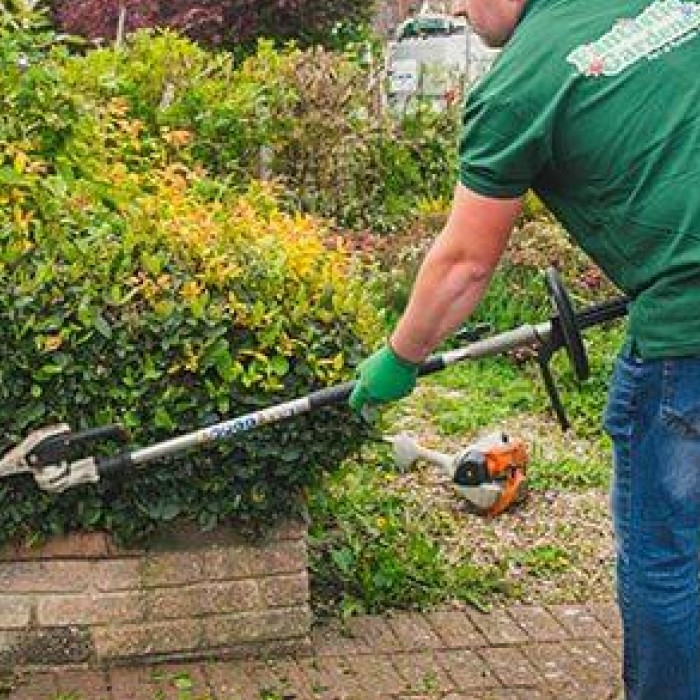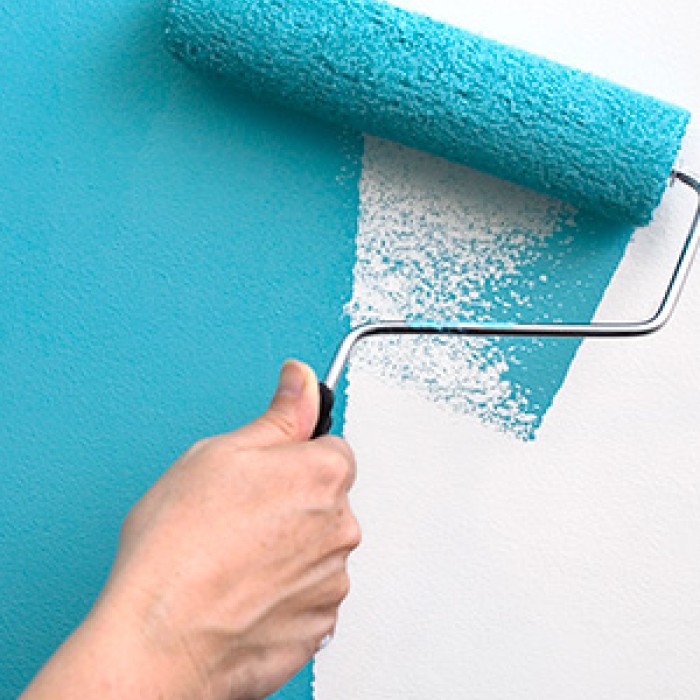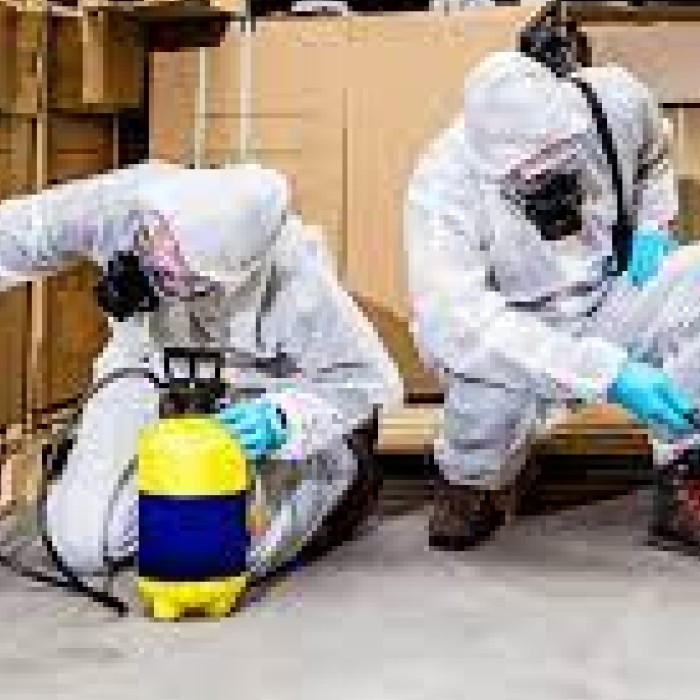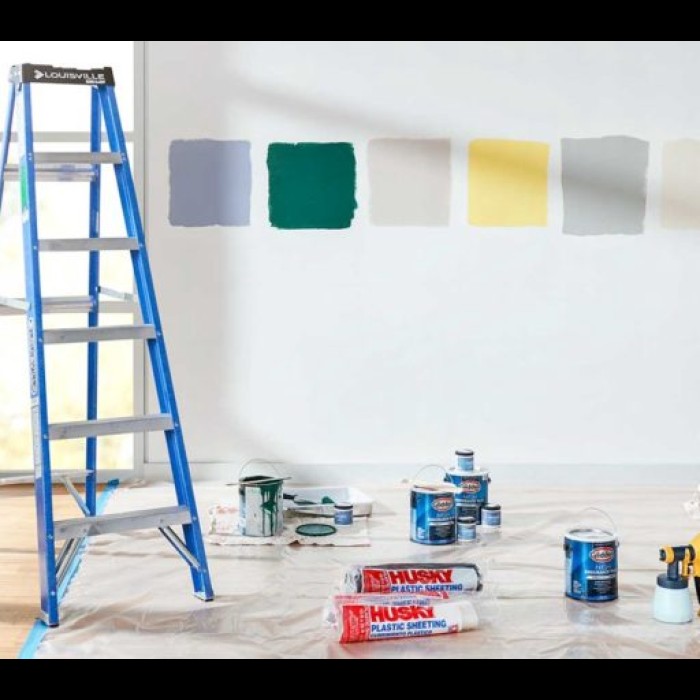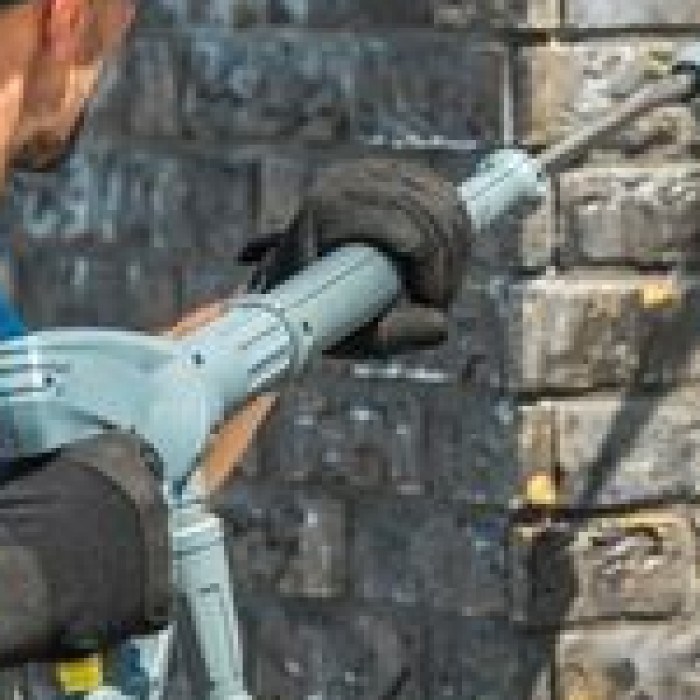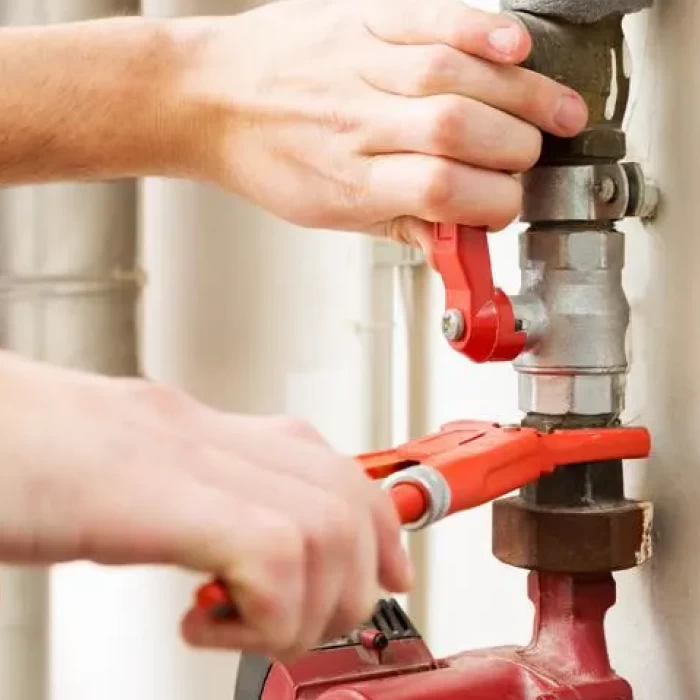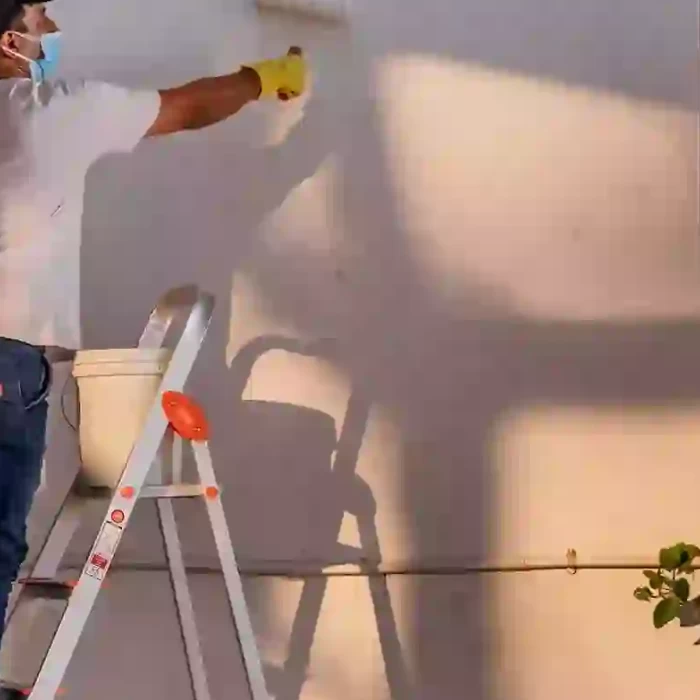How are tiles made and how that information can help you better maintain them
Floor tiles are something that many people have in their homes, yet not know much about how they are made. This leads to problems when they are to be repaired/renovated or even bought. Knowing the value of the tiles depends on knowing what kind of tiles you may need and for what purpose. While appearance can tell a lot about quality, it is in the process of manufacturing that most of the information about the tiles and their properties comes to light. This is why, in this blog we have explained how some of the most popular tiles are created from the ground up and also tell you tips on how to maintain them.
Types of tiles and how are tiles made
Following are some of the most popular types of tiles and how are tiles made. Note that this is not an exhaustive list and there may be other types of tiles that you will have to know about if you are trying to install them.
Ceramic tiles
Most ceramic tiles are manufactured by the same, age-old process of mixing the right kind of fine soil and water to make clay, which is then heated in the furnace in a controlled manner. Ceramic tiles are subdivided into glazed and unglazed tiles wherein the glazed tiles have an upper layer of glaze added to it to form a non-porous hardened surface. Unglazed tiles are often used for decoration purposes. Unglazed tiles are more dense than glazed ones but are more vulnerable to water and surface damage.
Porcelain tiles
Porcelain tile is also technically a ceramic tile that contains a material called feldspar in it for over 50% of its composition. The process of manufacture is rather similar, but during heating, the temperature goes way up, so much so that the feldspar partially melts into the clay and rest of the raw materials of the tile. This results in a tile that is very high performing in level of surface hardness and very resistant to moisture - often these tiles only absorb 0.5% of moisture in wet environments. They cost more and are beautiful enough that home interiors can be designed with them.
Stone tiles
Stone tiles are costlier and harder to manufacture with a greater number of applications than ceramic tiles or other types of tiles we might talk about due to their properties. When polished and installed well, they have an almost infinite lifespan due to their hardness and resistance to various elements of nature. They can also be used for decorative purposes but as this requires more machining to be done on them, this costs more. There are two types of stone tiles, natural and engineered stone tiles, with natural tiles made of cutting almost homogenous natural rock formations and machining them and the engineered ones using techniques like mixing together different rocks using high binding resin.
Vinyl tiles
Vinyl tiles are a special type of tile made of sheets of vinyl compound wrapped around various layers of different types of engineered, organic compounds similar to plastic but much resistant to things like moisture and heat. Unlike most other tiles that we discussed here, this type of tile is most resistant to moisture but has a unique weakness - heat. Low quality vinyl tiles can get damaged from excessive exposure to sunlight, but they are great in places like the bathroom and the kitchen. Vinyl tiles are also available in various colors and are good for decoration.
Glass tiles
Glass tiles are made of heating glass up to 800° C in specialized furnaces made for the purpose. Depending on the type of tiles being made other materials can be added to the glass cast before heating it. Glass tiles can also be recycled in this manner, and manufacturers use temperature gradients within the furnace to separate pure glass and add additional materials to make them hard or give them texture.Glass tiles are used mostly for decorative uses but have good water resistance in them. They have rather poor surface hardness but are still popular because of their refractory properties.
Why is this helpful?
Knowing how each type of tiles are manufactured is important as this information becomes crucial in understanding how they withstand the different elements of nature. For example, clay tiles, although manufactured to be moisture resistant, are more vulnerable to it than, say, stone tiles that are more vulnerable to cracking due to heat than the latter. It is also important while deciding whether to replace a tile or repair it when something goes wrong with them and it is helpful to know this before buying as this can identify how are tiles made well and which ones trade money for low quality products. We hope that you look into this for all these benefits related to them.
Conclusion
Whether they be clay or porcelain tiles, one can only make informed decisions about them if they know them enough. This is why understanding the manufacturing process behind them can go a long way in helping you maintain them properly. Additionally, knowing about the firing and glazing process can help you identify quality tiles that are less likely to crack or chip over time while buying them. Regular maintenance using professionals from companies like Worldwideservices, is also crucial in prolonging the life of tiles, although they can help repair them as well. By taking these steps, one can ensure that the tiles not only look beautiful but also stand the test of time.

